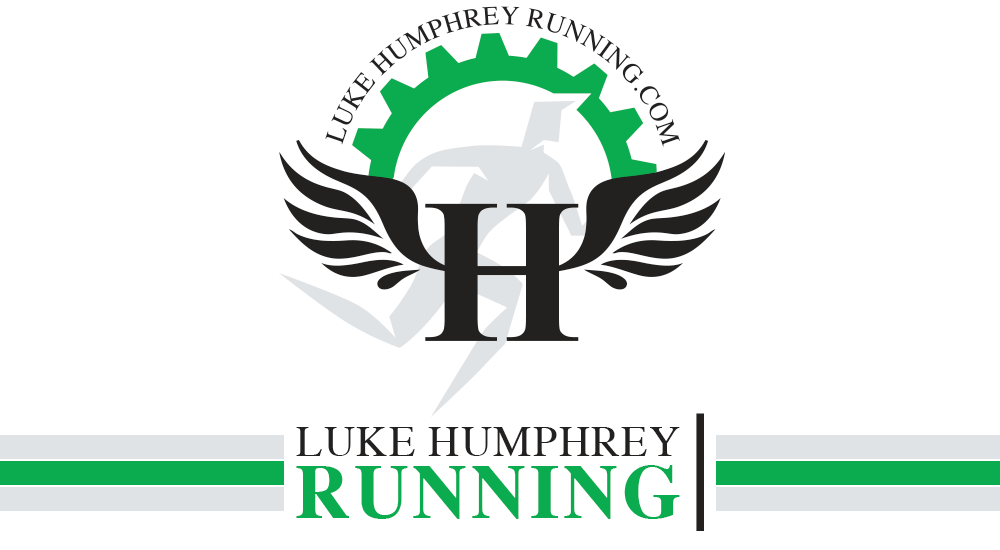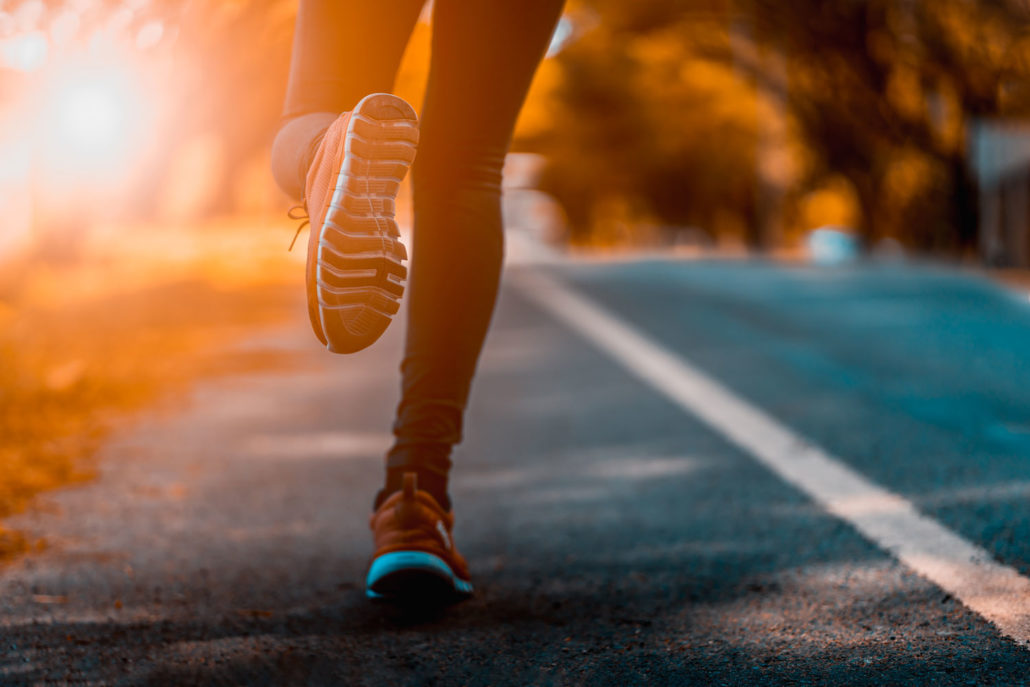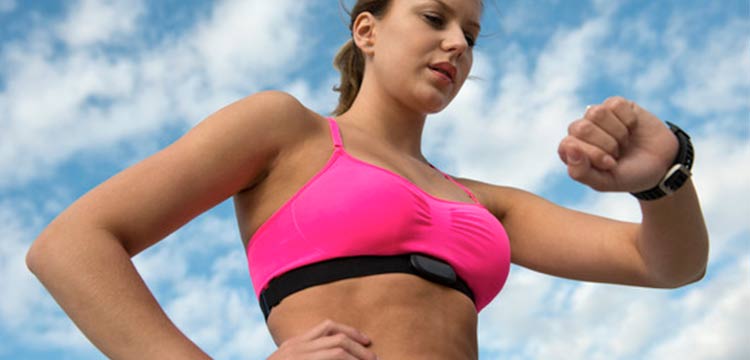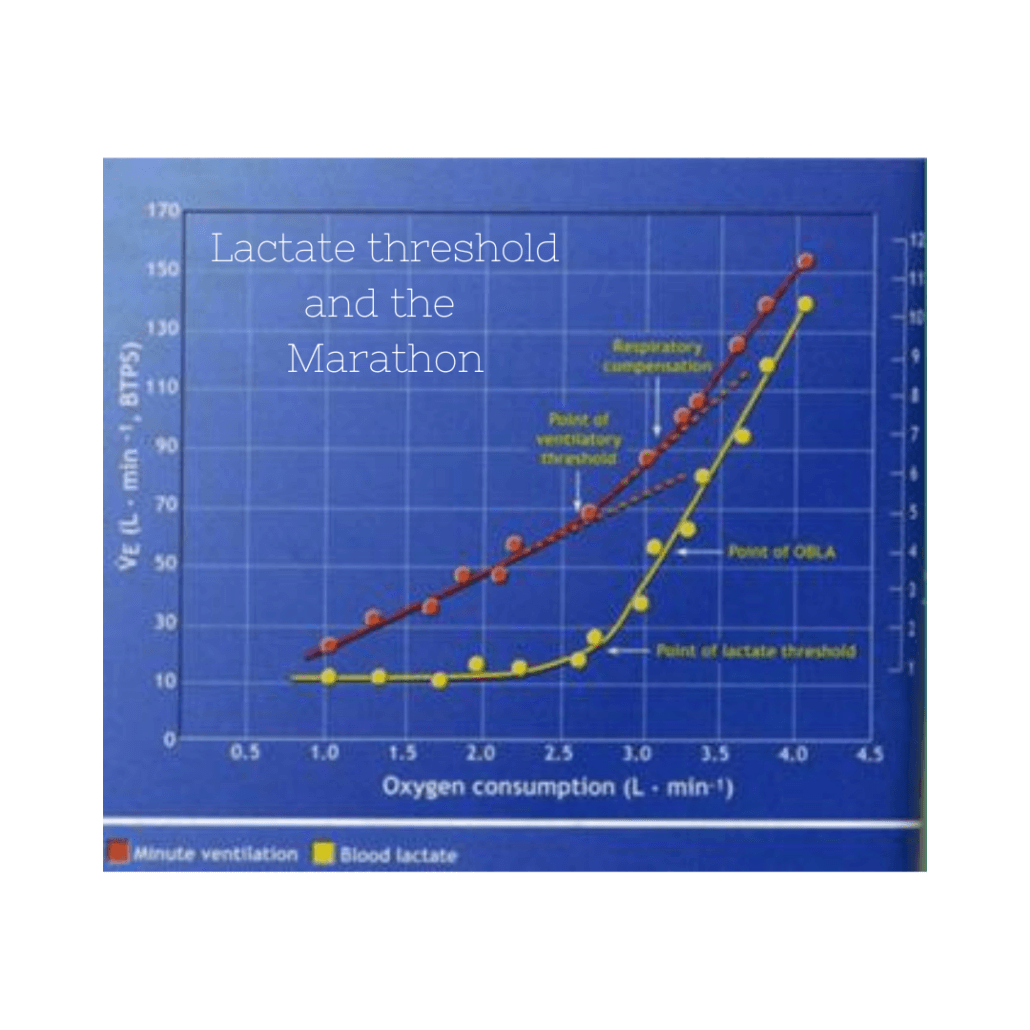Individualizing your heat and humidity calculations

Podcast: Play in new window | Download
I have made the summer of 2022 the summer of reinforcing heat and humidity adjustments with my athletes. It has had some pretty solid success with those who have taken it to heart. They are feeling better, recovering faster, and aren’t feeling completely overwhelmed with where they are at and how long they have left to go before the fall. Now that I have them buying in more, some questions have come up about some of the details of the heat and humidity adjustment calculator. So, I thought this would be a good time to put some more thought in how to use this tool based on numbers, but also the human element.
The goal of the Calculator
I am writing this during the 2022 World Championships in Eugene and what has biome clearer than ever is that technology can create more problems when we rely 100% on what it tells us. If you don’t know what I am talking about, the starting blocks have create a fiasco in the sprints because the starters are relying solely on the tech and not including human judgment. So, my point with that, is the calculator should be a guide, but, please use human judgment, too!
If we do that, what I see is people recognize that pace won’t necessarily equal effort, but that doesn’t mean the fitness isn’t there. These adjusted numbers show you that the effort you are putting in on some of these workouts is appropriate and will equal faster paces in the fall. The reason this is important is that we don’t spend the early part of our training program overdoing it and struggling to find our form come the main part of the segment. In short- it will save your segment!
Things to consider when using
Where you live will play a big role in how much heat and humidity will affect you. I always torched by people who are like “OMG, I can’t believe you melt at 75 degrees! That’s like every morning for me!” The people who mock people like me are forgetting one thing. There’s places in this country where you can have close to 75-100 degree changes in April and even May. There are days where it can be 30 degrees in the morning and 75 degrees in the afternoon. There’s weeks where we can have a snow day from school and a day where are kids are begging us to wear shorts to school! There’s days during June and early July here in Michigan where a morning run can be in the 50’s, but by 3 pm the temps are in the 90’s. My point is, when you are exposed to constant temps and humidity, you will not be affected as much as a person who experiences those temperatures irregularly.
Another thing to consider is your training status. If you are relatively unfit, the toll of heat and humidity is going to be higher than someone who is, say, 6-8 weeks into a training program. One should also consider how much time they are outside. If a person is doing runs mostly 30-45 minutes per run outside, then they won’t acclimate as fast as someone who is accumulating 60-90 minutes per day of running outside in the conditions. Eventually, the first person will acclimate, but it could potentially take longer than the second person.
The third thing to consider is what you are training for. My calculator has weighted the different runs. Faster runs, repeats, and even threshold runs are less affected than marathon pace tempos and long runs. So, if you are marathon training and putting in a ton of sub threshold work, your performance is going to be more affected than a person training to run 5k races.
The last thing I want you to consider is body size. A perfect example of this was during the 2008 Beijing games and the predictions for the mens marathon were slow, slow, slow! Everyone was saying the champion would run anywhere from 2:11 to 2:15 to win the Olympic Gold. However, one of the greatest, Sammy Wanjiru (RIP), stood about 5’2” and 110 pounds. He took the pace out HOT (literally and figuratively). Nobody went with him, and the commentators said over and over that this was not going to end well. Well, it did end well and Sammy broke the Olympic record. Now, not to say that his body size was the only reason for this performance, but it definitely played a big role. The less mass you have to lug around and the less surface area you have collecting heat, the more likely you are to fair better than a bigger person. Some of that is obviously beyond your control, but it can guide you when adjusting your paces.
How I coach athletes to use
When an athlete needs to adjust, the first thing they do is put the info into the calculator. They have a good idea of what the average weather conditions are going to be. That spits out adjusted training paces from easy/recovery, all the way to sprinting pace adjustments. It also provides a range of paces surrounding the original training pace. For instance, under good conditions your marathon pace may be 8:00. It’s not going to say 8:00, it will give you a range of 7:50 to 8:10, roughly. The same will be true for the adjusted range. As the speed decreases, so will the range. So, for repeats, your range will be smaller than your long run pace range.
How they use the info is up to them. Hopefully, they have considered the things we’ve talked about and have an idea of where they should be. Some of it is trial and error, so it doesn’t have to be perfect the first couple times. Some of the athletes just time themselves and keep a rough idea of where they should be. Some just go by effort and then see where they fell in the adjusted range after the workout. Some, change the paces in their structured workout.
Where people tend to struggle the most is with easy to long run paces. Since there is a big range here, sometimes we can slow down too much! If you tend to run your easy runs and long runs towards the faster end of the range, you might simply need to slow down to the slower side of your unadjusted range and not necessarily do an adjusted pace range. If you find yourself with an altered stride, or it feels too slow, then just use your effort as your guide and don’t be stuck on what the adjusted numbers say you should be at.
How do I progress this?
The question as summer goes on is how do you know when it’s time to progress? There’s a few ways. One is that if you are using current pace and going to adjust incrementally, then just move your paces along at the same increments. For instance, if you started out with a goal of 8:00/mile in the marathon, but your best is 8:20, you may have started the segment at 8:20 with the idea of taking a few seconds off that pace every 6 weeks, or something like that. Continue on that path and then just readjust your paces.
The second is to keep a good log. Keep track of RPE (How hard it felt). If you are running the same paces and it went from feeling like an 8 to a 5, then you are adjusting and you can probably bump up a bit. Also, here’s a great opportunity for heart rate. If your heart rate is trending down over a few weeks at the same workout, in our case, tempos, then you are adapting.
The biggest thing will be the pace itself. Let’s continue with the 8:00/mile example. You have a goal of 8:00/mile. Let’s say your adjusted pace is 8:20/mile. So, you start at 8:20’s and it feels hard. After a few weeks, you are now forcing yourself to slow down to run 8:20’s. Don’t adjust the goal time, but adjust your pace based on the same effort. If that pace is now 8:10-15, roll with that! Ideally, that natural pace just keeps coming down at the same efforts.
How do I know I am really ready?
I get it. How am I supposed to run pace x, when I feel all out and pacy y? It’s not good for the psyche. Here’s how I look at it. If I am running a late September to early October marathon, I feel like it’s 50/50 on the weather. If I get a hot day, at least I know what I am capable of. If I get a screamer day, it’s like being on a downhill course. It’s just going to be fast. From my experience training for a lot of Chicago Marathons, is that I’d get a day in early September that would fall on a big workout. I’d guage my effort expecting to be slow, but the weather would be nice, the course would be right, and I’d fly. It’d be like a switch was flipped. I’d wonder where that fitness has been, but it was always there. It had just been suppressed all summer. The trick is to recognize it for what it is. Don’t use that as an excuse to train harder. Bottle that and save it! That’s where people who try to force the issue in July and August ultimately come up short. They may push hard and hit those paces early on, but when that day happens like I just mentioned, there’s nothing there to take advantage of. It’s already been spent. That’s when you will start to hear the, “How am I supposed to run 16 more miles at this pace?” That’s a tough spot to be in.
Alright, so that’s some more thoughts on heat adjustment, how I use it, and how you can individualize to your own situation. Hopefully, you can put some of this to use for a monster fall! The big thing is, to take the algorithm for what it is. Don’t be afraid to tweak it to make it custom for you.



